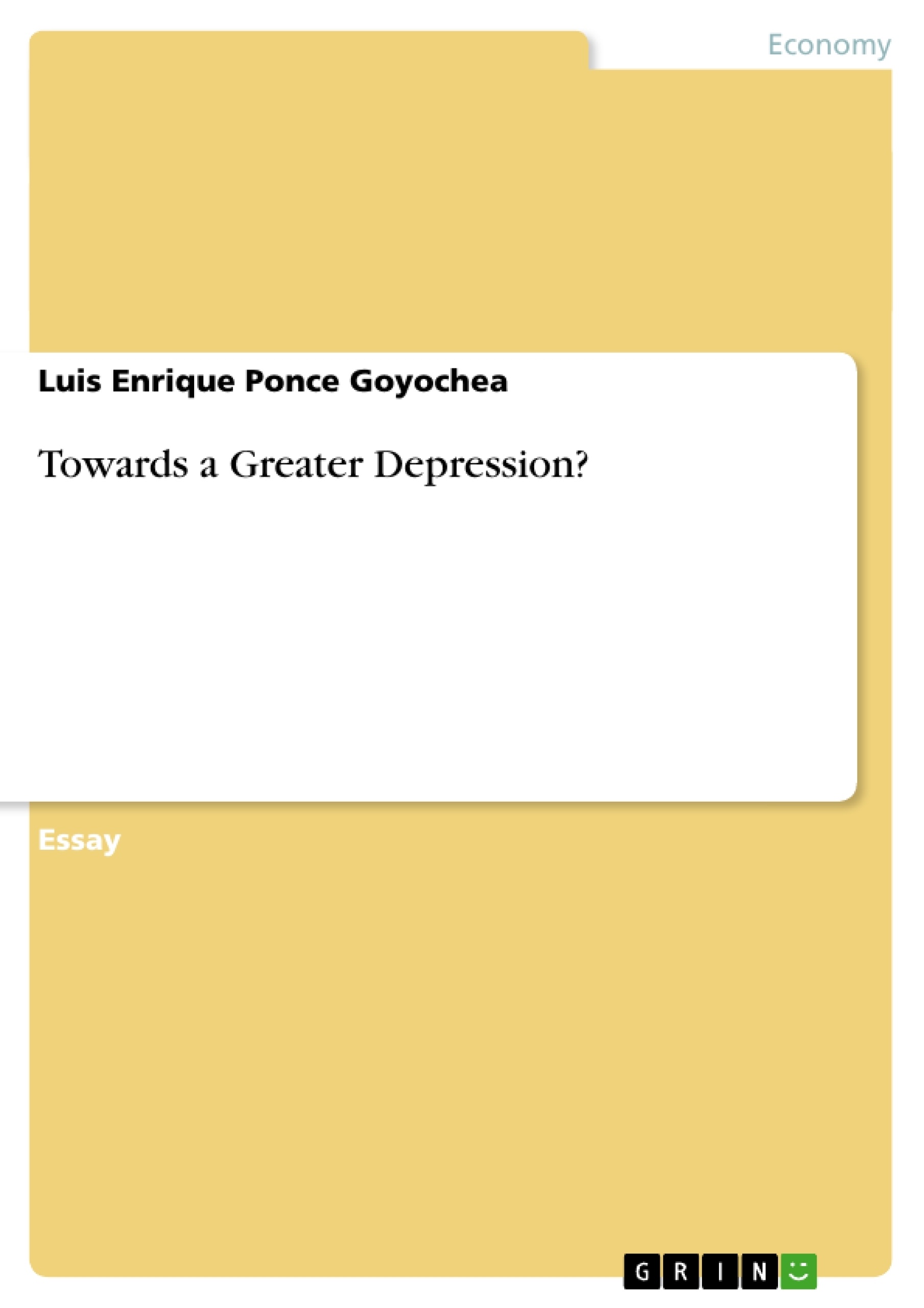Excerpt
Abstract
Within the context of any financial crisis, government manipulation of the monetary base causes the downturn to last even longer than in the framework of a purely free market, thus leading to a sharper depression. From an Austrian viewpoint (Murray N. Rothbard 2000 [1963], 2008 [1983], 2009, 2010 [1963]), the ultimate cause of business cycles is the underlying distortion of interest rates through the interaction of two core inflating mechanisms: commercial bank credit expansion fueled by fractional reserve banking and government manipulation of the monetary base through central banking. In this sense, it is precisely the latter which allows the former to increase its influence beyond the natural free market constraints upon inflation.
Introduction
Throughout this paper, empirical evidence is analyzed as to how government interference in the economy has historically deepened rather than alleviated financial turbulences.
In this sense, we first place the focus on how it was the monetary expansion led through the 1930s that actually prolonged the Great Depression for over a decade.
Then we move on to outline an interpretation as to how the same mistakes that prolonged the Great Depression might turn the current recession into an even Greater Depression.
An Austrian View of the 1930s
The quintessence of Austrian Business Cycle Theory, as originally conceived by Ludwig von Mises (2009 [1953] [1912]), points to the fact that what ultimately leads to the occurrence of business cycles is not central banking per se but fractional reserve banking, the market limits upon which are to a great extent removed, as Rothbard (2008 [1983]: 125-139) explains, by the monopoly on the issue of money granted by the government to one single bank, allowing the rest to inflate in unison by systematically pyramiding on top of their legally required reserves.
Under such fractional reserve banking system, it would only take the slightest loss of confidence by customers to unfold the lack of actual reserves held by banks in order to meet their liabilities, which in this case would be greater than their assets, thus making banks insolvent on an accounting basis.
Empirical evidence on the Great Depression shows that after growing by roughly 25% between March 1919 and March 1933, the monetary base in the U.S. had already doubled from that point forward by April 1940, within the context of a decade over which growth in real terms experienced a downward trend in 1937-1938, as a reflection of what actually constituted just another phase of the original downturn starting back in 1929, clearly showing that the initial recession had never actually been over in the first place.
- Quote paper
- Luis Enrique Ponce Goyochea (Author), 2013, Towards a Greater Depression?, Munich, GRIN Verlag, https://www.grin.com/document/233074
Publish now - it's free






















Comments